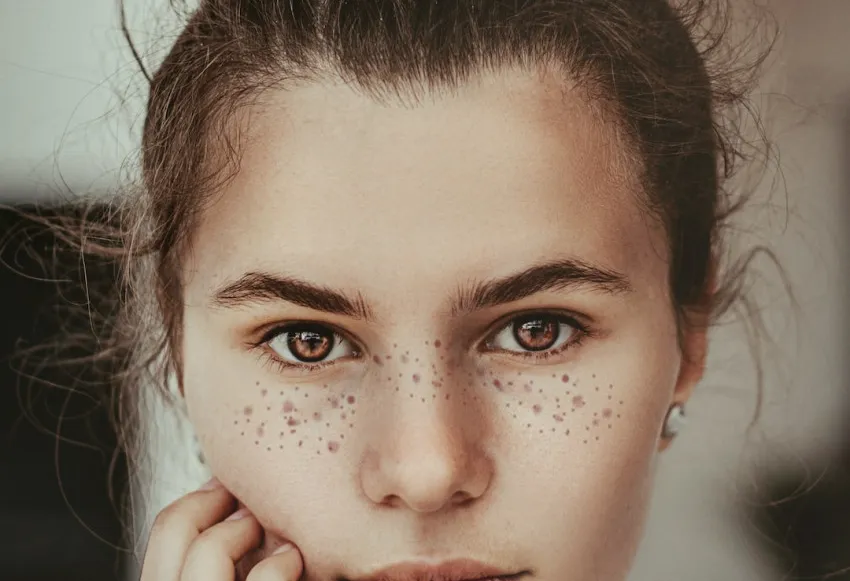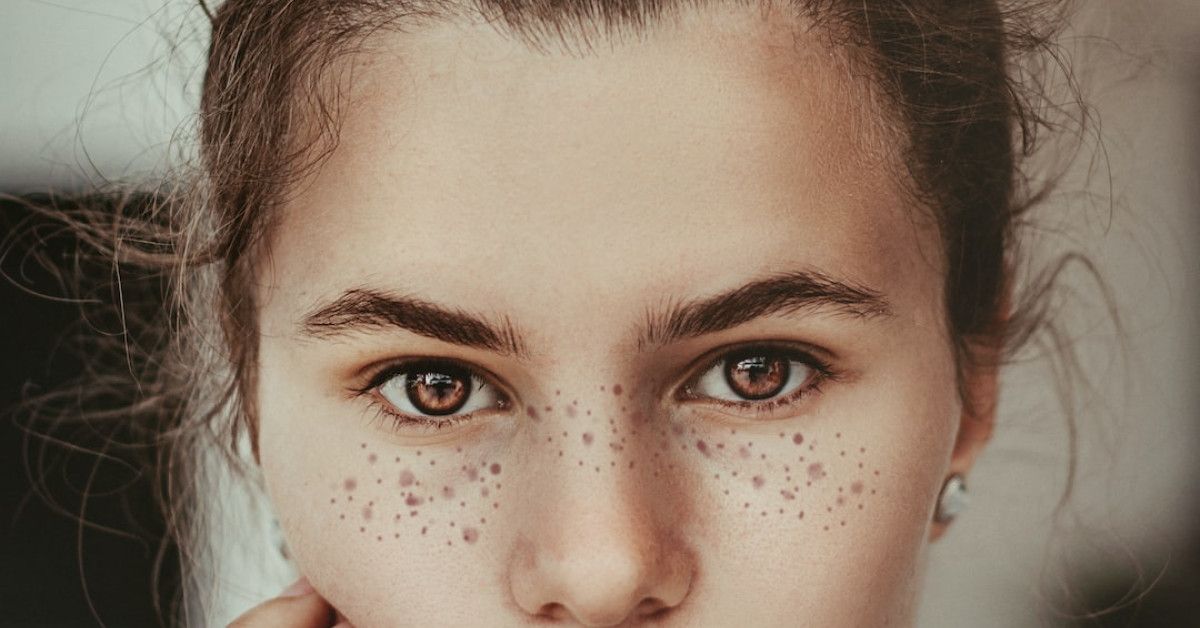Hair care is an essential part of our daily routine, as it not only affects our appearance but also our overall confidence. However, achieving that lustrous, healthy mane can sometimes feel like an elusive goal. With so many products and techniques available in the market, it's easy to get overwhelmed and confused about the best practices for professional hair care. In this comprehensive guide, we will unlock the secrets to professional hair care, covering everything from proper cleansing and conditioning to styling and maintaining healthy hair.
The Importance of Hair Care
Before we delve into the secrets of professional hair care, let's take a moment to understand why it is essential. Hair is susceptible to a variety of factors that can damage its structure and compromise its health. Environmental pollutants, heat styling tools, chemical treatments, and even everyday elements like sunlight and wind can all take a toll on our hair. Neglecting proper care can lead to issues such as dryness, frizz, breakage, and dullness.
Healthy hair, on the other hand, is characterized by shine, strength, and smoothness. It is more manageable, less prone to damage, and looks vibrant and beautiful. By incorporating professional hair care practices into your routine, you can transform your hair and achieve the results you've always desired.
Cleansing and Conditioning
Choosing the Right Shampoo
The first step towards professional hair care is selecting the right shampoo for your hair type and concerns. It's crucial to identify whether you have dry, oily, normal, or combination hair. Additionally, you should consider specific concerns such as dandruff, color-treated hair, or damage repair. By choosing a shampoo that is specifically formulated for your needs, you can address your hair's unique requirements and achieve optimal results.
Proper Hair Washing Techniques
Proper hair washing techniques play a significant role in maintaining healthy strands. Here are some tips to keep in mind:
- Wet your hair thoroughly before applying shampoo.
- Use a small amount of shampoo and massage it into your scalp using gentle circular motions.
- Rinse your hair thoroughly, ensuring that no residue is left behind.
- Avoid using hot water, as it can strip the hair of its natural oils and lead to dryness.
- If you have oily roots and dry ends, focus the shampoo on your scalp while avoiding the ends.
The Art of Conditioning
Conditioning is a vital step in any professional hair care routine, as it helps nourish and moisturize the hair, creating a protective barrier against damage. Here's how to make the most of your conditioner:
- Choose a conditioner formulated for your hair type and concerns, such as volumizing, moisturizing, or color-protecting.
- Apply the conditioner to the mid-lengths and ends of your hair, avoiding the scalp.
- Leave the conditioner on for a few minutes to allow it to penetrate the hair shaft.
- Rinse thoroughly with cool water to seal the cuticles and add shine.
Deep Conditioning Treatments
To take your hair care routine to the next level, incorporate deep conditioning treatments once or twice a week. These treatments provide intense hydration and repair damaged hair. Look for products that contain ingredients like argan oil, shea butter, or keratin for added nourishment. Apply the treatment to clean, damp hair, and leave it on for the specified duration before rinsing thoroughly.
Styling and Protecting
Heat Styling Precautions
Heat styling tools such as flat irons, curling wands, and blow dryers can transform your hair into a variety of styles. However, excessive heat can cause damage and weaken the hair. Here are some precautions to consider:
- Use heat protectant sprays or serums before using any heat styling tool.
- Keep the heat setting at a moderate level to avoid excessive damage.
- Limit the frequency of heat styling, and embrace heat-free alternatives for everyday styles.
- Trim off any split or damaged ends regularly to maintain healthy hair.
Protective Hairstyles
Protective hairstyles are an excellent way to minimize damage and maintain the health of your hair. These styles keep the ends tucked away, reducing exposure to environmental elements and friction. Some popular protective hairstyles include braids, buns, twists, and updos. Additionally, satin or silk hair accessories and pillowcases can prevent friction and breakage while you sleep.
Avoiding Chemical Overprocessing
Chemical treatments, such as hair coloring, perming, and relaxing, can alter the structure of the hair and make it more vulnerable to damage. If you regularly chemically process your hair, it's essential to take extra care to maintain its health. Here's how:
- Choose professional salons or trusted stylists who prioritize the health of your hair during chemical treatments.
- Follow the recommended waiting time before reapplying any chemical treatments.
- Use deep conditioning treatments regularly to nourish the hair and prevent excessive damage.
Maintaining Healthy Hair
Proper Brushing and Detangling
Brushing and detangling hair can prevent knots and tangles while promoting healthy hair growth. Here are some tips for proper brushing and detangling:
- Use a wide-toothed comb or a brush with flexible bristles to minimize breakage.
- Start from the ends and work your way up to prevent unnecessary pulling.
- Be gentle and patient, especially when dealing with knots. Use a detangling spray or conditioner for added ease.
Regular Trimming
Regular trims are crucial for maintaining healthy hair. Trimming removes split ends and prevents them from traveling up the hair shaft, leading to increased breakage. Aim to get a trim every 8-12 weeks, or whenever you notice split ends or excessive breakage.
A Balanced Diet
Believe it or not, your diet plays a significant role in the health and appearance of your hair. A well-balanced diet that includes a variety of vitamins, minerals, and proteins can promote hair growth and strengthen the strands. Some key nutrients for healthy hair include:
- Biotin: Found in foods like eggs, nuts, and avocado, biotin promotes hair growth and strength.
- Omega-3 Fatty Acids: Found in fatty fish, walnuts, and flaxseeds, omega-3 fatty acids nourish the scalp and promote healthy hair.
- Iron: Foods such as spinach, lentils, and red meat provide iron, which is essential for healthy hair growth.
- Vitamin C: Citrus fruits, strawberries, and bell peppers are rich in vitamin C, which supports collagen production and strengthens hair.
Avoiding Over-Styling
Excessive styling, especially with tight hairstyles or harsh chemicals, can lead to hair breakage and thinning. Avoid styles that pull on the hairline and use heat styling tools sparingly. Additionally, opt for gentler styling techniques such as air-drying or using rollers.
Protecting from Environmental Damage
Environmental factors such as UV rays, pollution, and extreme temperatures can damage the hair and leave it looking dull and lifeless. Protect your hair from these elements by:
- Wearing a hat or scarf when exposed to direct sunlight for extended periods.
- Using hair products that contain UV filters to shield the hair from sun damage.
- Rinsing your hair with cool water after swimming in chlorinated or saltwater pools.
- Minimizing exposure to hair-damaging elements, such as excessive wind or extreme heat.
Conclusion
Achieving professional hair care is not as daunting as it may seem. By following the secrets and tips shared in this comprehensive guide, you can unlock the potential of your hair and create a personalized routine that suits your needs. Remember to choose the right products, embrace protective styles, and prioritize the health of your hair. With consistency and care, you can have the lustrous, healthy mane you've always wanted.

